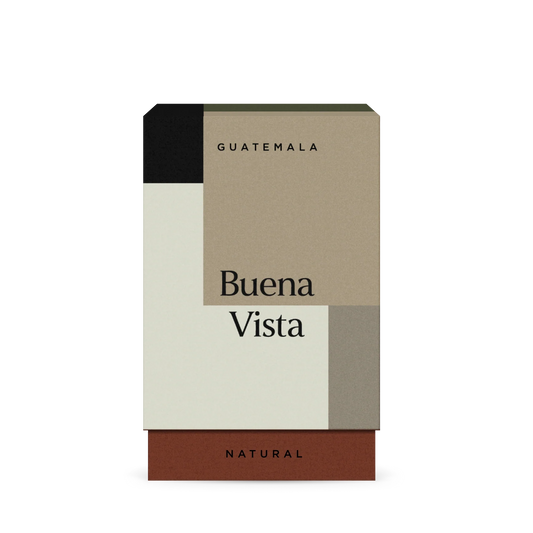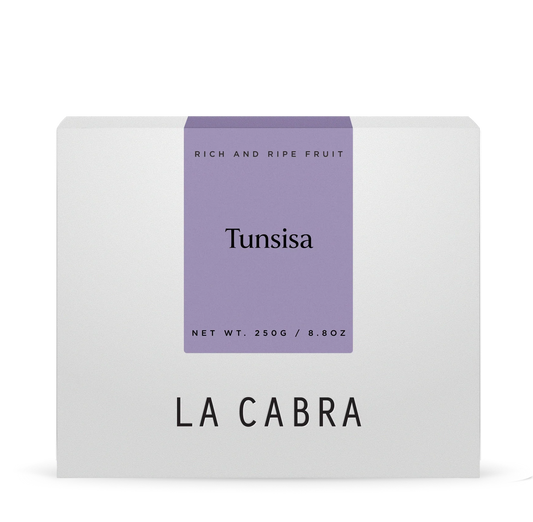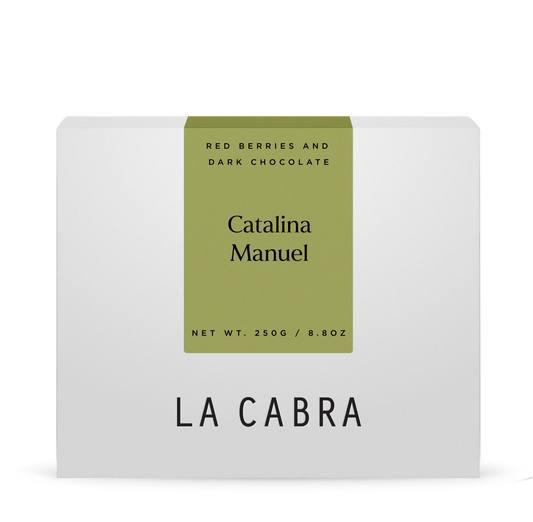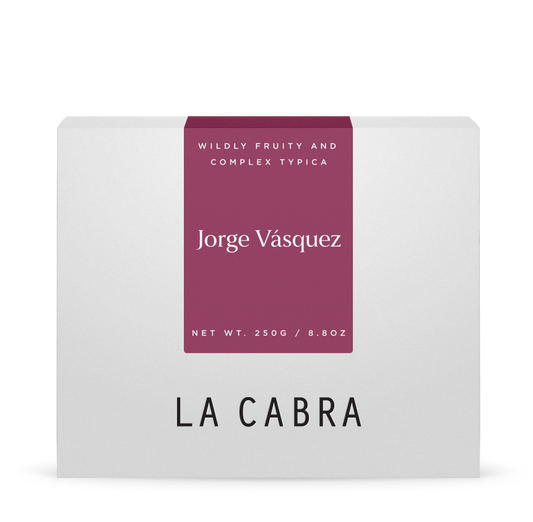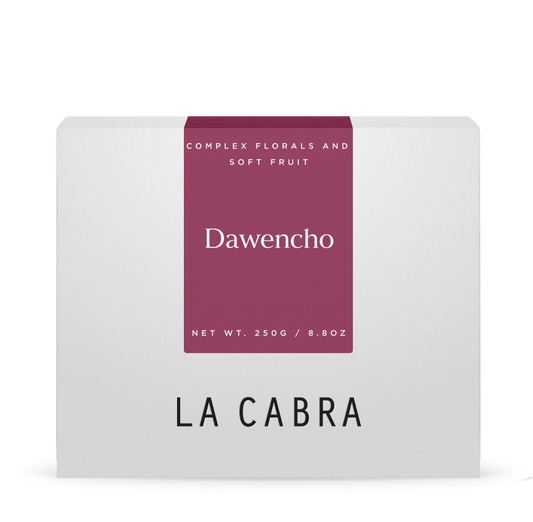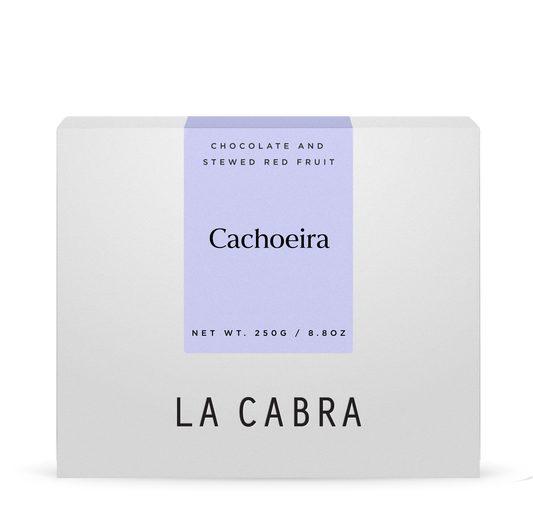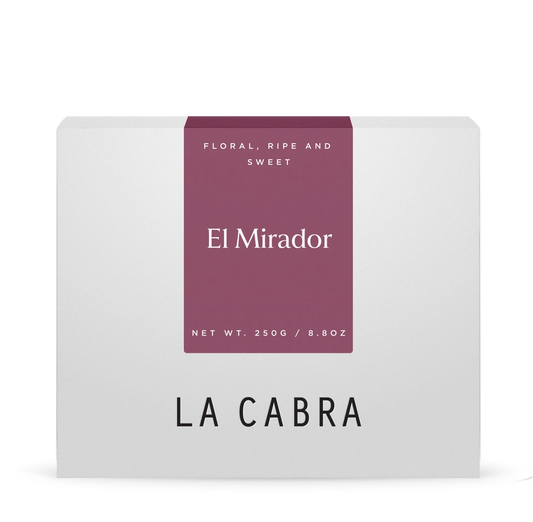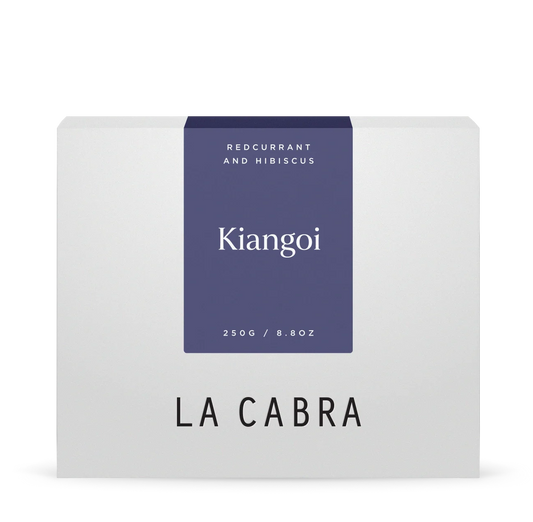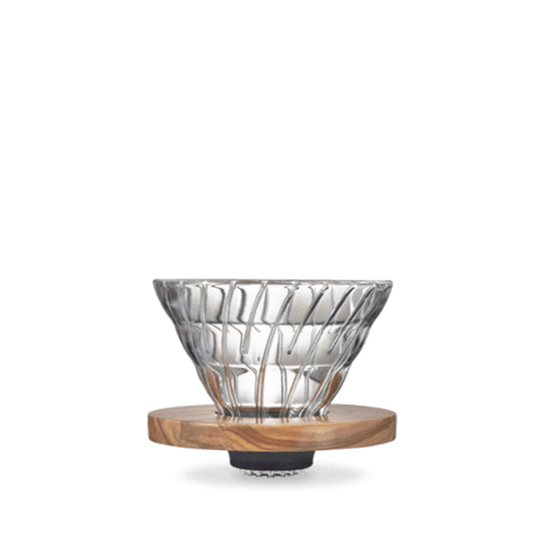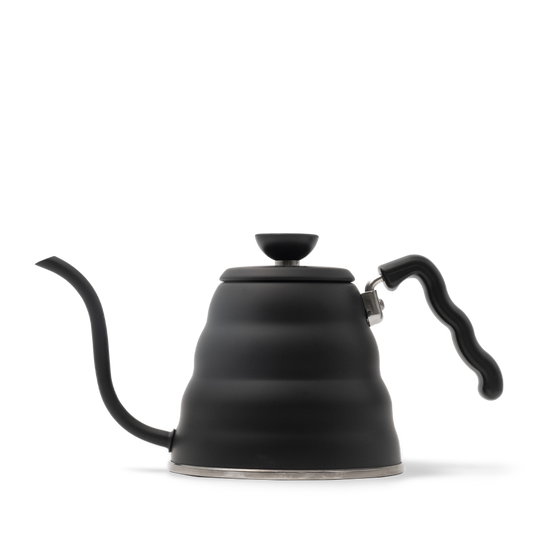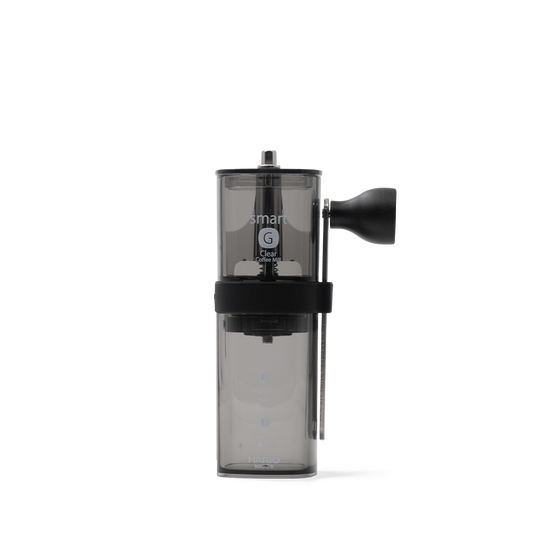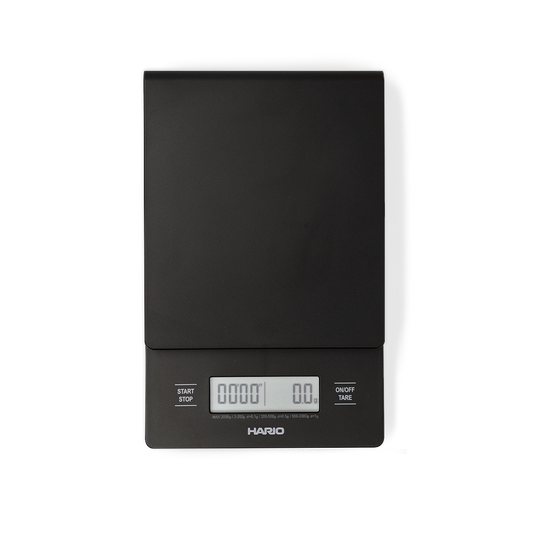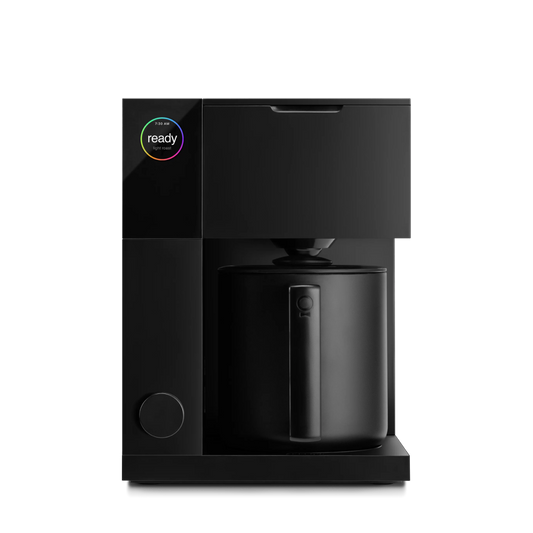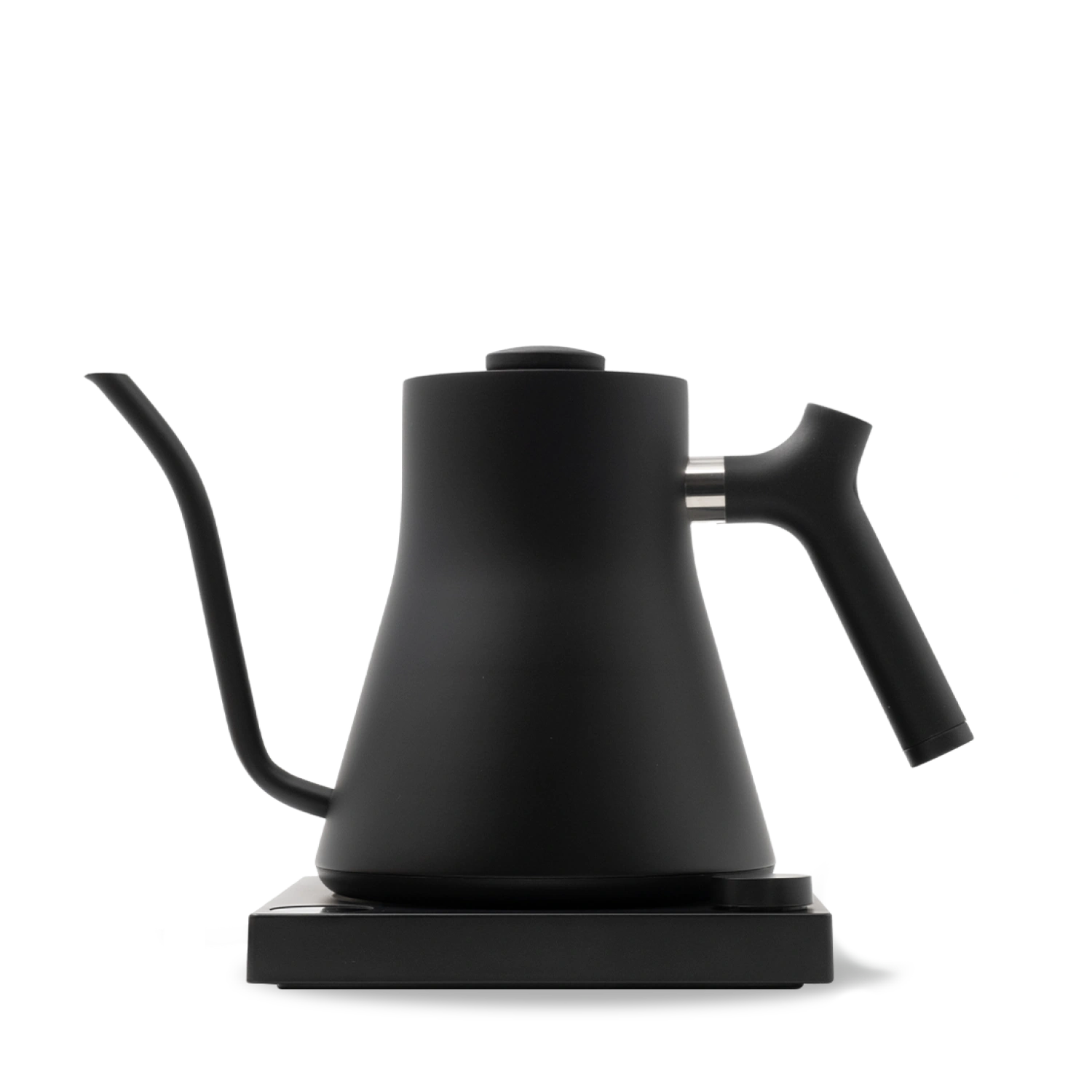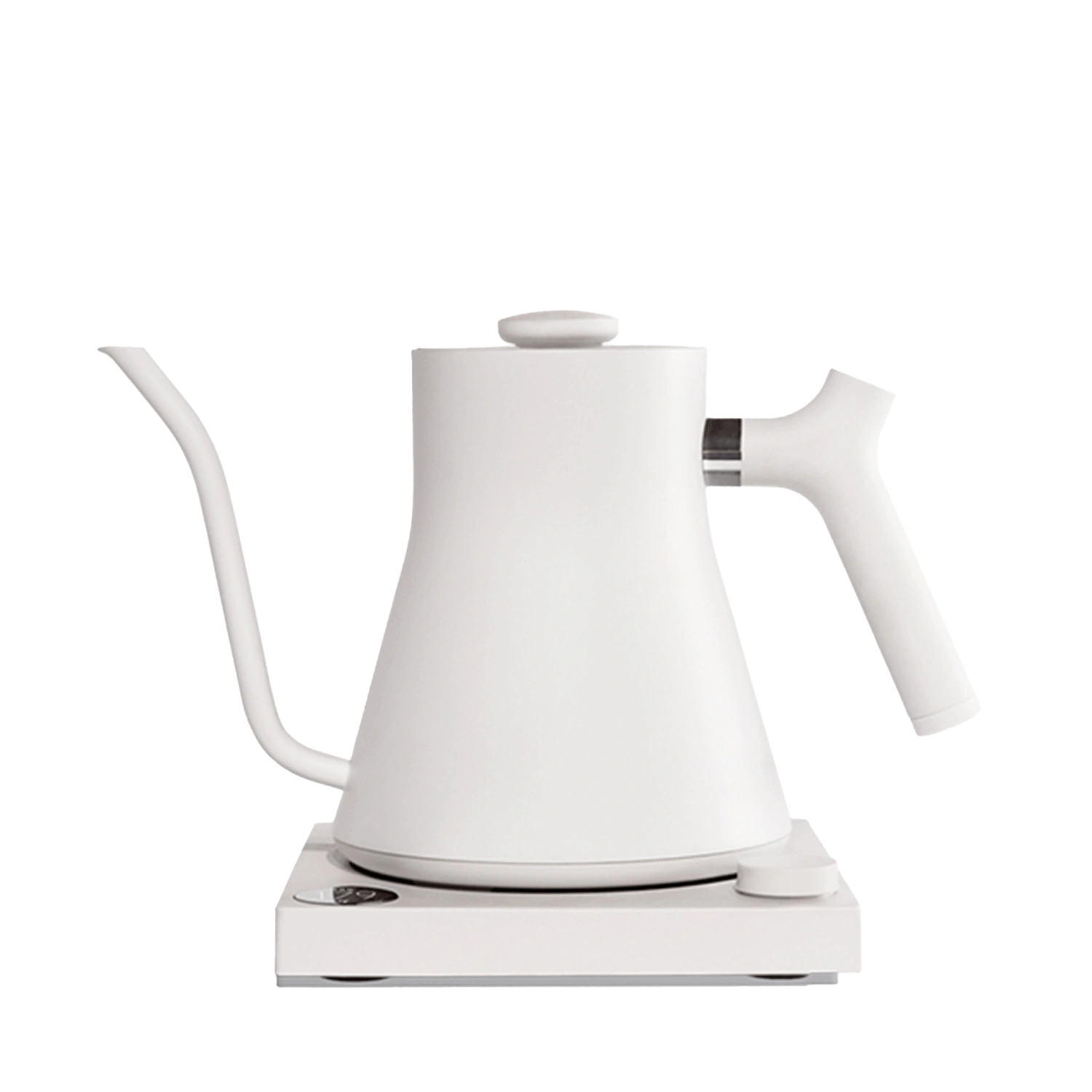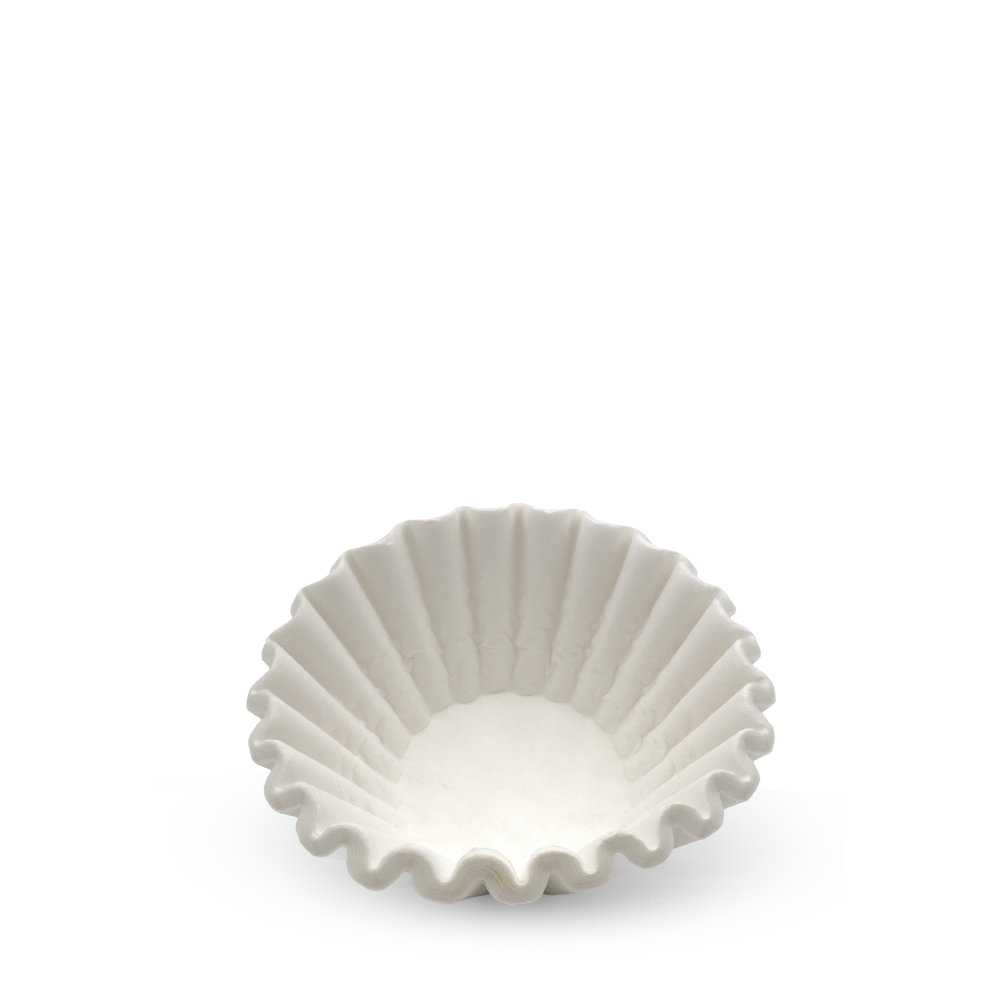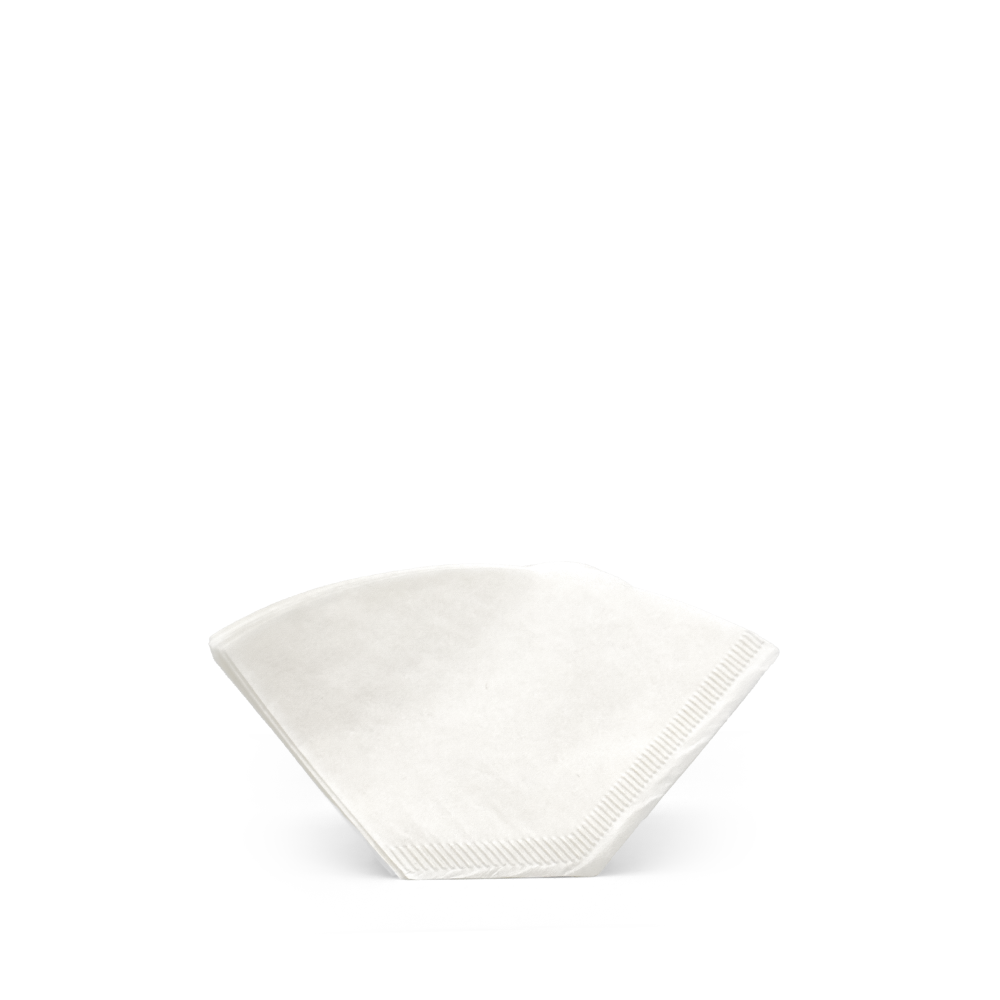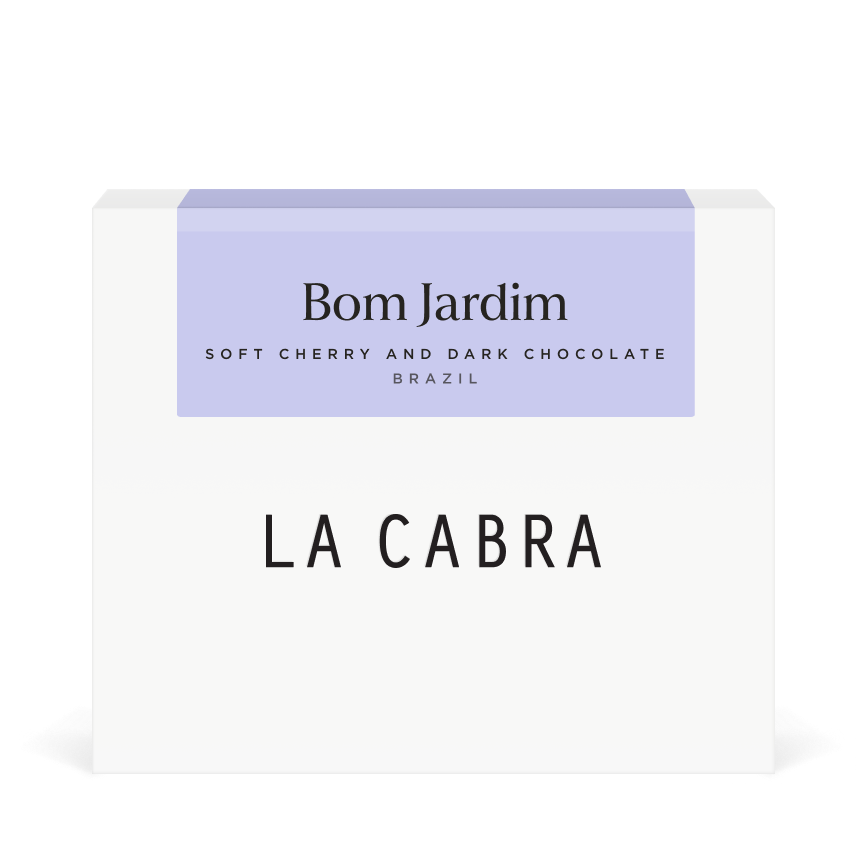
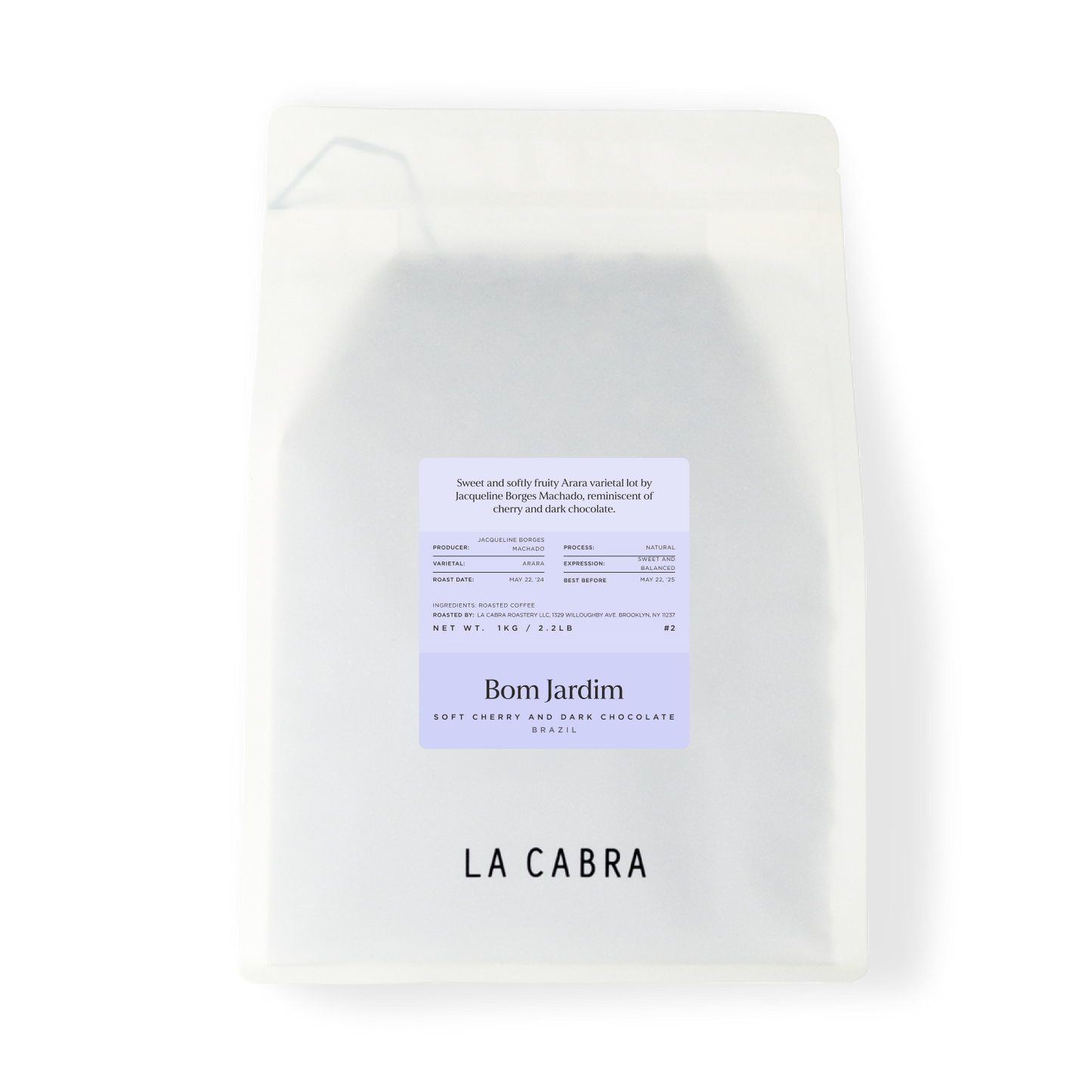
Bom Jardim
Jacqueline Borges Machado has only been in coffee full time for 5 years, but her family history with the crop goes back generations. When she took over in 2019, she pushed a new direction for Bom Jardim, investing in new machinery and infrastructure in order to chase more sustainable practices on the farm. New management plans mean more considered use of chemicals, and more ‘reserve’ area on the farm, left to wild forest. She has also begun to bring her children into the business, sharing her love for coffee and the importance of sustainable practices for the future of the industry.

Arara
This lot was naturally processed, from a plot of the Arara varietal at Bom Jardim. Arara is a relatively new varietal, a natural crossing between Obata and Catuai that was discovered in 1988, but not stabilised and released for farmers until 2012. Arara is one of the most popular varietals across the growing regions of Minas Gerais, with many young plantations coming into full production over the past few seasons. Arara is resistant to leaf rust and to drought, so is well suited to the dry and hot conditions in Cerrado Mineiro. It also produces excellent quality cups, with high sweetness and pronounced fruit character, here reminiscent of soft cherry atop the traditional dark chocolate character of Cerrado.

Cerrado Mineiro
The region of Cerrado Mineiro is part of the state of Minas Gerais in southeastern Brazil. In 2013 the region became the first in Brazil to be granted a protected designation of origin certificate, similar to Champagne or Scotch whisky. To qualify for the title ‘Cerrado’, the coffees must be speciality grade (80+) and grown above 800 masl in the Cerrado Mineiro region. The 4500 producers of the Cerrado region produce 6 million bags of coffee a year, from 210,000 hectares of coffee growing lands.
Most of the land here is at quite low altitude compared to much of the coffee we buy here at La Cabra, and is flatter, rather than on more mountainous terrain. The region has characteristic and distinct seasons, with a wet warm summer, and a dry winter, leading to more consistency in growing conditions between years. The dry climate during harvest means less issues with drying coffees, part of the reason so many high quality naturals are produced here.





